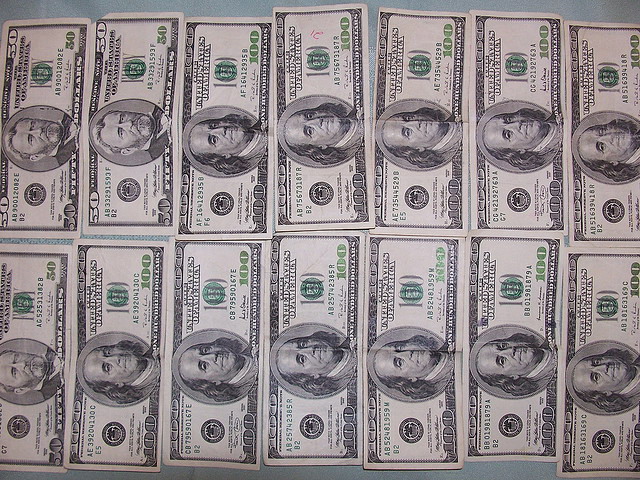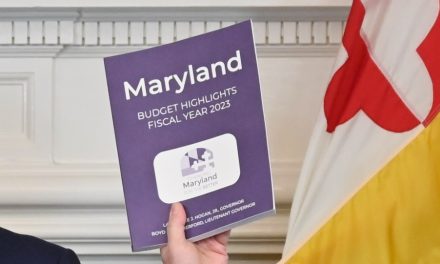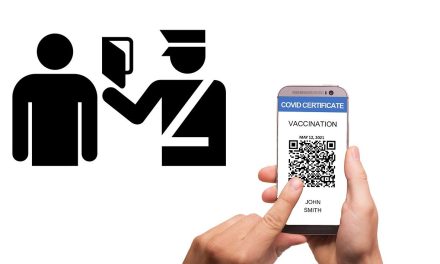The graphic shooting of Philando Castile in 2016 shocked many of us and reminded us of the interplay between race, racism, and law. Castile was a Black man in Minnesota who had a permit for his firearm, when he was shot and killed by a police officer during a traffic stop.
“Sir, I have to tell you that I do have a firearm on me,” Castile declared before the officer shot 7 rounds, 5 hitting Castile at point blank range.[1] The following year, that same officer was acquitted on all charges.[2]
The story of Philando Castile is one of the many stories that are all too common among Black Americans, particularly those who have sought a carry permit since the June 2022 decision by the U.S. Supreme Court. [3] The recently-proposed Gun Safety Act of 2023 (Senate Bill 1) thus raises alarm and distrust, particularly among Black Marylanders who are concerned that this bill attacks the free exercise of their Second Amendment rights. Sponsored by Montgomery County state senator Jeff Waldstreicher, the bill would prohibit anyone who has a concealed-carry permit from bringing a firearm within 100 feet of any “public” place. Senator Waldstreicher vaguely defines public places to mean “anywhere the public is gathering.”[4] There are three factors that should raise alarm and lead legislators to oppose this measure.
Geographic Discrimination?
First, the bill’s 100-foot rule overlooks the geographic disparities that exist between Black and white Marylanders. Across the U.S., four out of five whites live outside of cities while 70 percent of Blacks and Latinos live in the cities or inner-ring suburbs.[5] For those of us who live in cities like Baltimore, nearly every venue around us is a “public” place.
In the case of my family who largely reside in West Baltimore, a “public place” can be mean a corner store, a gas station, or a liquor store—all are often within 100 feet from most of our rowhouses. Should the suggestion be that to have a carry permit, we must then move to a more rural area where there are no corner stores or nearby liquor stores? If so, the opportunities for Blacks, particularly Black Baltimoreans, to move to a more rural or exurb community is very limited; roughly 23.1 percent—nearly double the national average–of Baltimore City’s residents live below the poverty line.[6]
Black Concerns on Rising Crime
Secondly, the bill glosses over the fact that a January 2023 Gonzales Maryland poll found that the majority of Black respondents (35%) believe crime is the most important issue.[7] In 2022, Baltimore City was unable to break the violent cycle of more than 300 homicides for the 8th consecutive year.
In efforts to seek protection, many Black Baltimoreans, particularly Black women, have sought to purchase a firearm for their protection. According to a 2022 National Firearms Survey, nearly half of new gun owners were women and a fifth of those were Black women.[8] These facts trigger a set of thoughts that plague many Black Marylanders who are well aware of the racial history that precedes many of our laws. In this light, is SB1 a genuine effort to address crime in our communities or is it merely a white backlash to the growing number of Black Americans seeking carry permits?
Historical Precedent
A final factor that must be considered is the long, difficult history of Second Amendment rights among Black Americans. This history is as old, if not older, than our nation. During the colonial, founding, and early republic periods, slaves and even free Blacks, particularly in states south of the Mason-Dixon line, were either barred from carrying a firearm or were required to obtain a license from a government official. Maryland made it completely unlawful “for any free negro or mulatto to go at large with any gun, or other offensive weapon . . . .”[9] In 1811, the Maryland Court of Appeals described “free negroes” as being treated as “a vicious or dangerous population,” as exemplified by laws “to prevent their migration to this State; to make it unlawful for them to bear arms; to guard even their religious assemblages with peculiar watchfulness.”[10]
The Civil War changed little in terms of Second Amendment rights for Black Marylanders. In late 1865, Frederick Douglass complained that the ongoing restrictions on freed Blacks severely limited their newfound freedom. He urged every Black family to work towards having “ the cartridge box, the jury box, and the ballot box, to protect them.”[11] But Douglass’ words were not enough for the series of Black codes and Jim Crow laws that were enacted to keep Black Americans for owning or carrying guns.
In 1956, Dr. Martin Luther King himself sought a permit to carry a concealed gun in his car. He was denied this permit because local authorities determined that he had not shown “good cause” for carrying a firearm—even after his home was bombed.
At a meeting of Civil Rights organizers, Dr. King confessed: “I went to the sheriff to get a permit for those people who are guarding me. ‘Couldn’t get one.’ In substance he [the sheriff] was saying ‘you are at the disposal of the hoodlums.’”[12]
Conclusion
A few generations later, we are again faced with the difficult situation of restricting one’s ability to own and carry a firearm. The caprice and cronyism that have pervaded restrictions on firearms for Black Marylanders is on full display today. S
B1 would wield a disparate impact on urban, minority populations at a time when more Black Americans are exercising their Second Amendment rights to own and carry a firearm. If passed, Senator Waldstreicher’s bill would create two-levels of citizens: one where citizens of rural and exurb communities are free to carry firearms and another where minorities in urban centers are restricted in protecting themselves.
And should we find ourselves in the unfortunate situation where we encounter a police officer as Philando Castile did, our words that we are lawfully carrying a firearm would mean nothing. They would come at the discretion of a police officer and a jury ordered to follow a law that unfairly punishes minorities and urban residents.
[1] DeLong, Matt; Braunger, Dave (June 21, 2017). “Breaking down the dashcam video: The Philando Castile shooting timeline”. Star Tribune.
[2] Song, Kayla (May 29, 2017). “Philando Castile case: Officer found not guilty. A timeline”. Twin Cities.
[3] New York State Rifle & Pistol Association, Inc. v. Bruen. https://www.supremecourt.gov/opinions/21pdf/20-843_7j80.pdf
[4] “SCOTUS decision to strike down NY gun law has impact on Maryland.” WBAL News. https://www.wbaltv.com/article/maryland-gun-safety-act-scotus-decision-ny-gun-law-conceal-carry/42541290
[5] Brookings Institute. “Even as metropolitan areas diversify, white Americans still live in mostly white neighborhoods” https://www.brookings.edu/research/even-as-metropolitan-areas-diversify-white-americans-still-live-in-mostly-white-neighborhoods/
[6] U.S. Census Bureau (2021). American Communities Survey.
[7] “Newly released poll says crime is most important issue among black voters in Maryland.” Fox45News. https://foxbaltimore.com/news/local/newly-released-poll-says-crime-most-important-issue-among-black-voters-in-maryland-baltimore-city-baltimore-county-300-homicides-crime-scene-shooting-homicide
[8] “Black Women Represent Growing Share of US Gun Owners.” Bloomberg News. https://www.bloomberg.com/news/articles/2022-10-06/black-women-represent-growing-group-of-new-us-gun-ownership
[9] Ch. 86, § II (1806), in 3 Laws of Maryland. 297 (1811)
[10] Waters v. State, 1 Gill 302, 309 (Md. 1843)
[11] “Frederick Douglass on the American Crisis,” Newcastle Weekly Courant, May 26, 1865
[12] King, Martin Luther. The Papers of Martin Luther King, Jr., Volume III: Birth of a New Age, December 1955-December 1956. Vol. 3. Univ of California Press, 1992.







Recent Comments